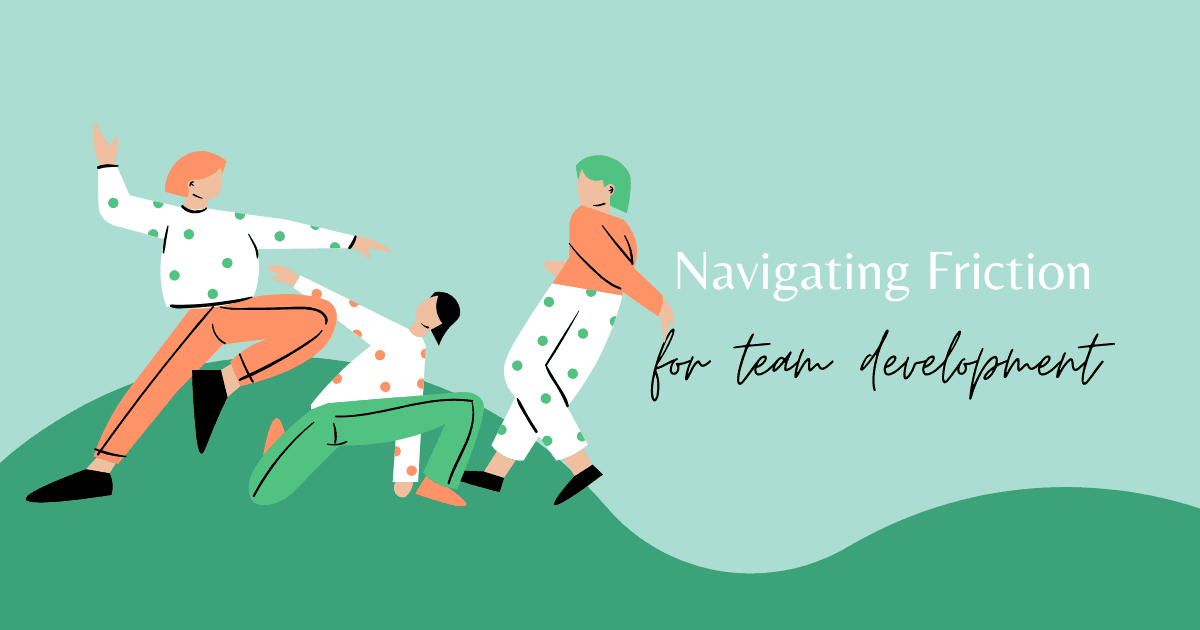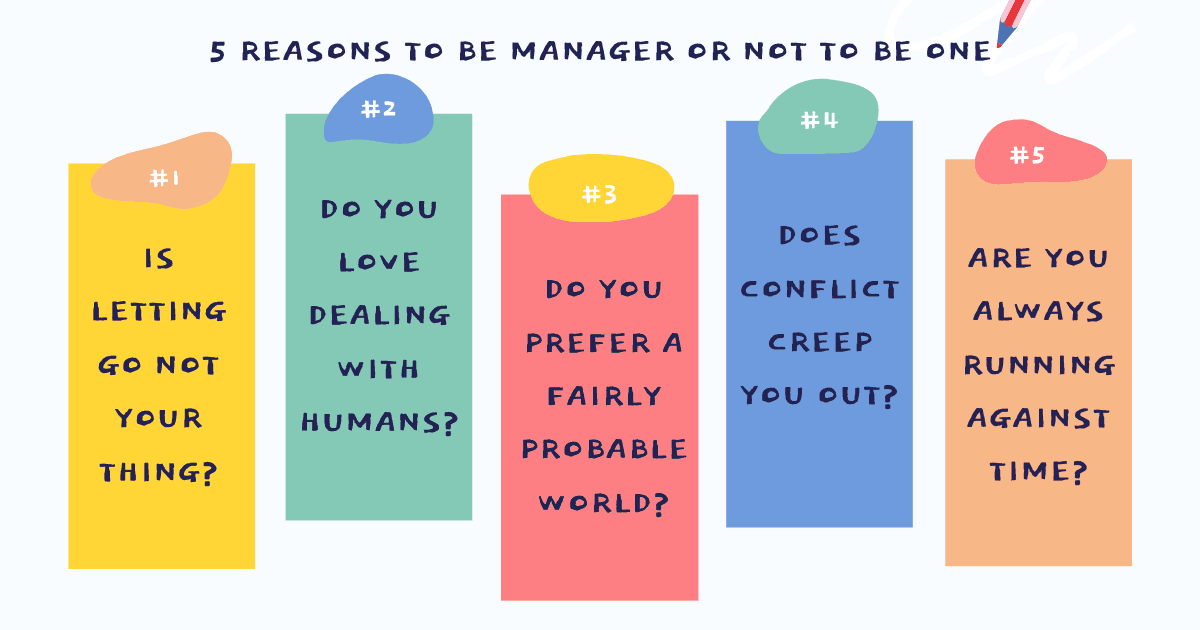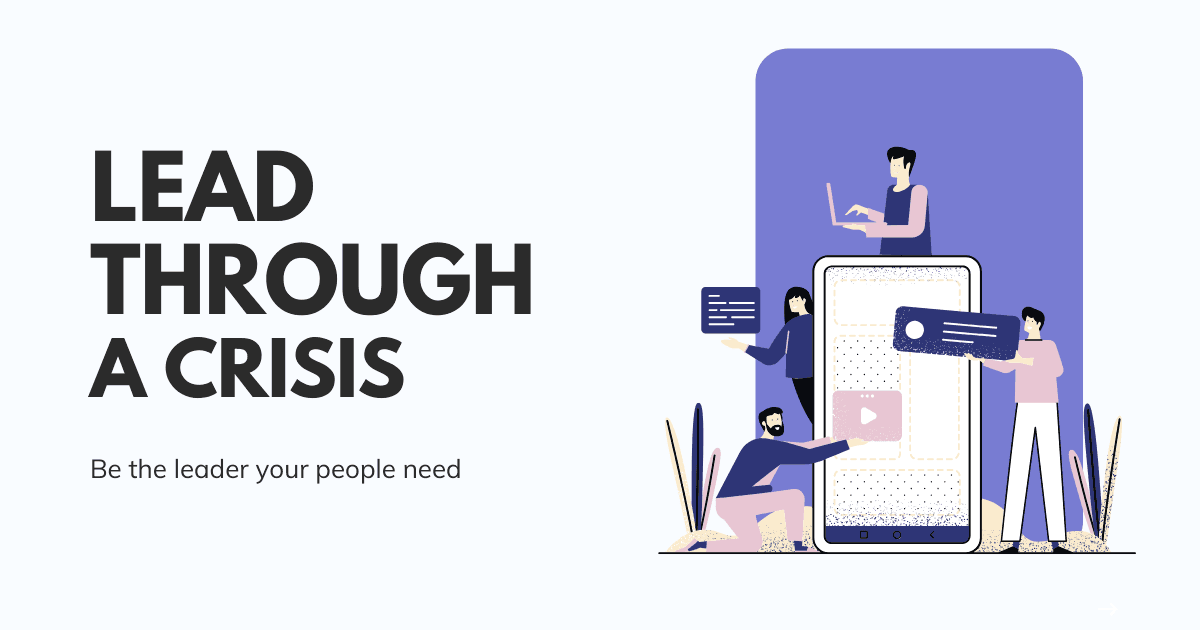Navigating Friction Across The Different Stages Of Team Development

How do you turn a group of strangers into a team which is united by common goals and empowered to succeed. How can you develop teams that work as a unit and achieve collective outcomes as opposed to the mindset of individual accomplishments and growth?
When people from different backgrounds, cultures, experiences, ambitions and expectations come together, there are inadvertent clashes.
There are also constantly changing configurations in a team’s setup – manager changes, new members join, old members quit or shift to other teams, org restructures, market shifts and new projects create new unknowns.
Successful team development involves developing people with humility, curiosity and psychological safety who understand that they have to work with different people, can adapt to changes in their working environment and are willing to face unknown circumstances. It requires turning clashes into positive conflicts and creating a learning environment where people feel safe to voice opinions and challenge each other. This research at Google supports psychological safety as the top criteria for team effectiveness and performance.
Team structure and its processes are important for team’s health, but a team that does not use the power of interdependence in achieving shared outcomes fails eventually. Patrick Lencioni describes the power of teamwork in his book, The Five Dysfunctions of a Team
Not finance. Not strategy. Not technology. It is teamwork that remains the ultimate competitive advantage, both because it is so powerful and so rare. If you could get all the people in an organisation rowing in the same direction, you could dominate any industry, in any market, against any competition, at any time.
Let’s learn about the different stages of team development before developing a model to grow individuals to work as a team.
4 Stages of team development

Psychologist Bruce Tuckman suggested 4 stages of team development, also called Tuckman’s model of group development in the mid-1960s. These stages are crucial to understand how teams evolve over a period of time.
Different teams spend different amounts of time in each stage and also move across these stages depending on the leadership and guidance provided by the people in the organisation.
Stage 1: Forming (Emotions)
This is the first stage in which team members get to know each other.
They spend time talking about their experiences, work they have done in the past and may even take an opportunity to share personal information depending on the emotional connect and comfort level with another team member.
As team members start bonding with others, there’s a shift in identity from an individual to a chemistry between two or more individuals. Trust still hasn’t been established as the relationship is still at a superficial level.
There’s both curiosity and apprehensiveness because of a lack of understanding of goals, their role in the team and also how their team fits into the overall company’s objectives.
Stage 2: Storming (Conflicts)
Storming is the second stage of team development in which team members establish better understanding of their team, its goals and their roles and responsibilities.
As they get comfortable with each other and start participating in team discussions, there’s higher propensity to be belligerent. Questions on what/why/how start to surface leading to disagreements on team standards, processes, roles and maybe even expectations on the task.
Some team members are naturally more aggressive than others and may try to establish their superiority over others or specific areas of their responsibilities. They may even cross the boundaries of a constructive disagreement to simply prove their point.
As true intentions and behaviours start to surface, conflicts and tension arise. This is also a phase where perceptions and judgements give way to unhealthy practices between team members.
Stage 3: Norming (Agreements)
Norming is the third stage of team development in which team members start to resolve their differences and become receptive to others ideas.
In an attempt to progress towards their goals, they establish joint accountability and shared leadership on goals and develop procedures to work together and achieve those goals.
A healthy bond starts to form between team members as they open the gates to trust each other. Conflicts continue but they move from unsafe space to a safe one, from attack to disagreement and from destructive to constructive opinions and dialogues.
Team starts making good progress towards their goals as a group.
Stage 4: Performing (Achievements)
In the 4th stage of Tuckman’s model, the team becomes self-sufficient and evolves to achieve great heights of performance.
Connection and commitment to tasks and each other reflects in their attitude and work. Team starts doing meaningful work by leveraging each other’s strengths and avoiding weaknesses. Actively listening to others viewpoints and providing help becomes a norm.
Such a team is driven by the intrinsic motivation through impact of their work with a desire to contribute to the company’s success.
Navigating friction across the different stages of team development

Why do some teams fail and others succeed. Why do some require constant intervention from the manager or someone senior in the organisation while others sail with minimal guidance?
Teams may spend a lot of time in the forming/storming stage, move quickly to the norming/performing stage or may never reach the norming/performing stage. Specific events may also cause teams to shift back from norming/performing stage to forming/storming stage.
- Org restructuring may cause teams to move from norming/performing stage to forming stage
- Bad management in the form of a manager change may cause a team to move from norming/performing to storming stage
- Great leadership can move teams quickly from forming/storming stage to norming/performing
- Lack of leadership may cause teams to continue to stay in storming stage
Forming and Storming are natural progressions of a team. People in the team do not start to function from day 1. Teams evolve over time.
It takes leadership to grow a group of individuals into a high performance self-sufficient team. There’s no single strategy or plan to enable this switch. Let me also tell you it’s not easy. It requires a lot of hard work and patience.
Patrick Lencioni describes this sentiment in his book, The Five Dysfunctions of a Team
A fractured team is just like a broken arm or leg; fixing it is always painful, and sometimes you have to rebreak it to make it heal correctly. And the rebreak hurts a lot more than the initial break, because you have to do it on purpose
It requires developing strategies encompassing multiple principles and values, learning from those strategies by employing them, observing how they play out within the dynamics of your work environment and then refining them further.
In subsequent sections, we will learn to move the team from one stage to the other:
Team development from forming to storming: Learn the core needs
While storming is not a desirable state, it’s an important state to enable people in the team to open up, understand themselves and each other.
At this stage it’s crucial to determine the core needs of each team member. First one-on-one meeting is a great way to connect with team members and learn about their background, experience and expectations.
Once you have invested in learning about their needs, provide a safe space for them to engage:
- Set behavioural standards
- Create alignment of goals with strategy and direction
- Allow freedom to express
- Provide flexibility in achieving goals through support and equal access to information
- Recognise their effort and appreciate them for it
- Use team bonding exercises to connect as a group
Team development from storming to norming: Enable constructive conflicts
In the storming stage, team members learn to disagree with each other and voice their opinion. However, they may not know how to handle disagreements and conflict of opinions.
This may give rise to negative emotions like fear, insecurity, lack of confidence, resentment of working in a team or with specific people. Cognitive bias can also impede judgement to create a distorted view of reality and attach a far more negative outcome to the situation. If not handled properly, such teams are bound to fail eventually.
At this stage, moving teams from storming to norming requires teaching people the power of conflicts and how to put them to our advantage. Encourage constructive conflict amongst team members by adopting these powerful practices:
- Do not delay issues and build trust by openly talking about them. Express how difficult conversations are not a pit, but ladder to success in organisations.
- Detach the person from the problem. Keep the issue about the idea and thoughts and not the person expressing it
- Enable everyone to contribute to ideas and not limit the discussion to few members of the team
- Provide support to learn from each other instead of attacking their ideas
- Encourage them to listen actively to one another and respect each other’s viewpoint
It’s also important to engage in critical feedback to manage bad behaviour and set boundaries for everyone. Use the feedback equation to message it right – Situation + Observation + Impact + Open-Ended Question.
E.g. Instead of saying “Your behaviour is bad and discouraging to other team members…”, make them reflect on the situation by asking “I wanted to talk to you about our last meeting (Situation). I observed that you had some important points to communicate to the group that took up a lot of time without giving others a chance to express their viewpoint (Observation). Team members now feel that they are not being heard while making decisions (Impact). What do you think about this? (Open-Ended Question).
This form of questioning opens up the person to engage in constructive dialogue without getting defensive.
When done right over a period of time, team members learn to appreciate this form of feedback and open up to sharing it directly with other team members thereby creating a feedback rich environment.
Team development from norming to performing: Delegate and Empower
In the norming stage, teams start attaining their goals but work within the constraints of self imposed limits and boundaries. It restricts them from seeking higher goals and achieving innovation in their work.
Team development from norming to performing requires leaders and managers to break into this limit to realise full potential of their people through:
- Challenge directly through delegation. Stimulate and push them to seek higher goals and not fall for easy accomplishments within their comfort zone
- Provide powerful coaching to learn from their mistakes and accept responsibility
- Empower them to make decisions aligned with their team priorities and company’s goals. Enable them to say no to things that do not add value to their goals and mission
- Encourage the team to learn using retrospectives – What they should start doing, which activities to stop and what tasks should be continued? This simple exercise can serve as a productivity hack to tap into new ideas and establish effectiveness of the team
Also read my post on how to employ the Eisenhower matrix to prioritize and master productivity.
I hope that you will employ these practices to grow your teams and help them achieve success at work.
Can you map your teams to the 4 stages and determine where your team stands right now. Do you see a value in employing these strategies to move your team to the performing stage? Write to me or share your thoughts in the comments below.





























